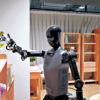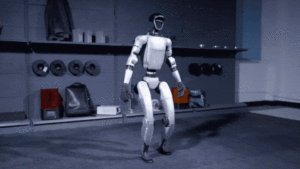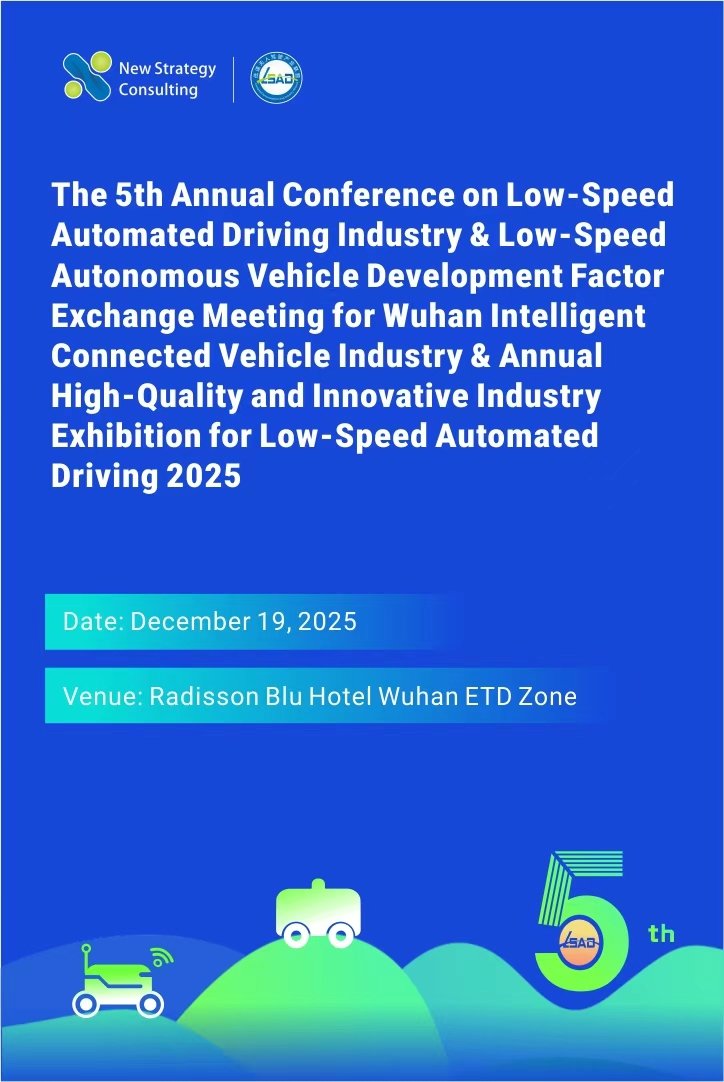In recent years, global enthusiasm for humanoid robots has surged, attracting massive capital investments and countless enterprises into the sector. While technological breakthroughs present genuine opportunities, the industry is also rife with hype-driven narratives and speculative fervor. Though humanoid robots are transitioning from science fiction to reality, rapid growth has exposed systemic challenges.
“Excessive Hype”: From Concept Speculation to Artificial Demand
Fueled by AI advancements, humanoid robotics has gained widespread attention. However, many players prioritize marketing over tangible progress. For instance, Tesla’s Optimus, unveiled in 2022, continues to operate in limited factory trials despite repeated claims of imminent mass production. Similarly, Chinese startups often overpromise capabilities like complex interaction or emotional recognition, yet deliver products that struggle with basic commands. This disconnect stems from capital-driven impatience and the invention of “pseudo-demand” scenarios. To sustain growth, the industry must refocus on genuine use cases and practical commercialization.
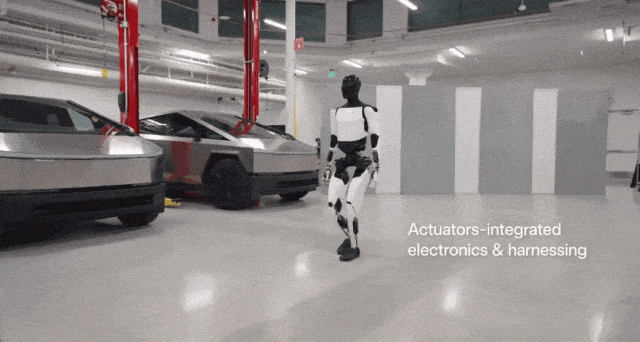
“Homogenization”: Lack of Differentiation and Innovation
The sector’s overcrowding—spanning automakers, tech giants, and startups—has led to severe product homogeneity. Companies increasingly rely on off-the-shelf components and redundant technical frameworks (e.g., vision systems, motion control algorithms), prioritizing speed over innovation. Short-termism, driven by policy incentives and capital pressure, stifles long-term R&D and erodes competitive barriers. Without strategic differentiation, the industry risks stagnation.
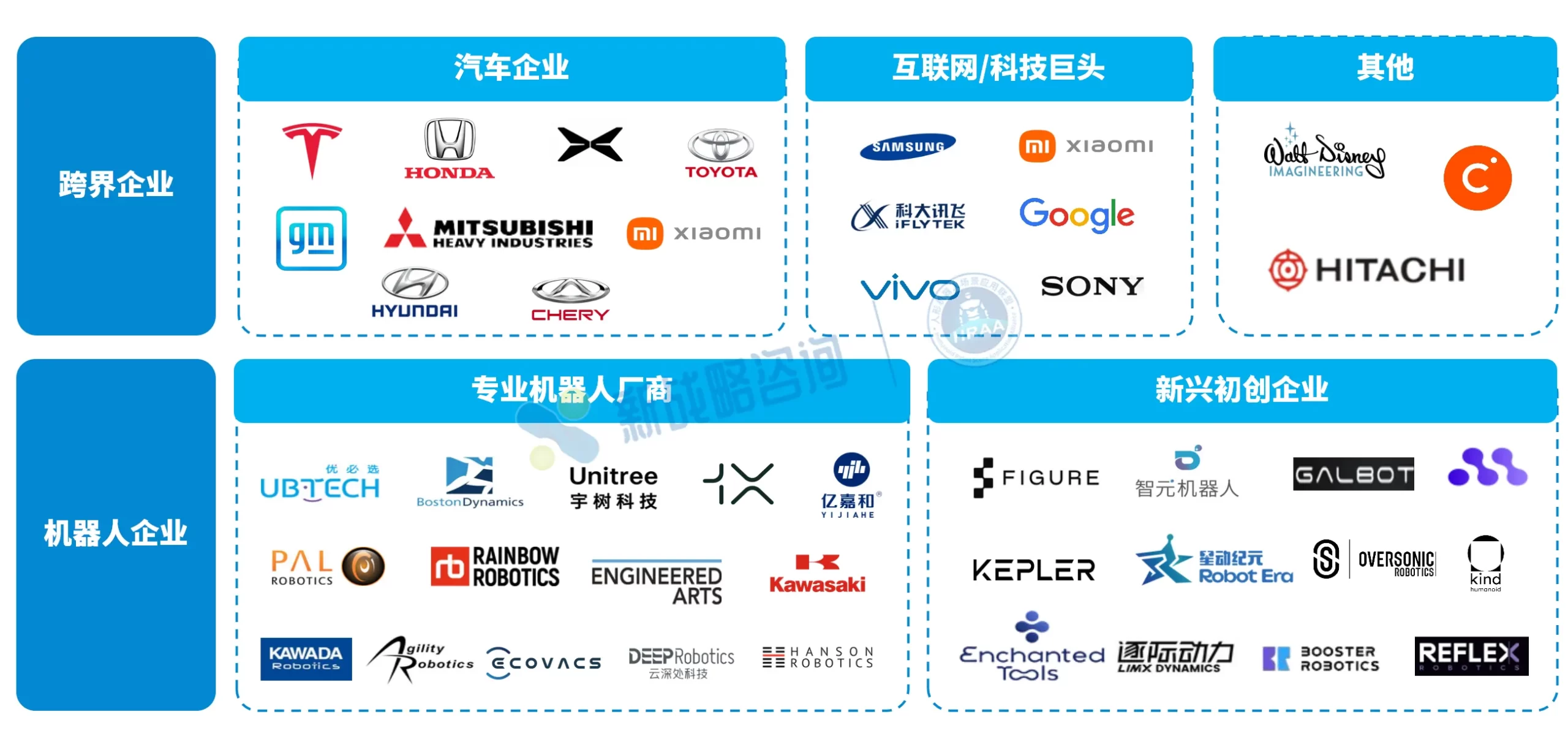
“Bubble”: Capital-Driven Risks
In 2024 alone, global humanoid robotics funding exceeded ¥10 billion, with startups securing sky-high valuations despite unproven technologies. Alarmingly, much of this capital fuels non-technical activities like marketing, team expansion, or financial maneuvers. Overvalued firms—some seeing 10x valuation spikes in months—face collapse if funding dries up. Worse, investor focus on short-term returns distorts R&D priorities, leaving the industry vulnerable to a domino effect of failures. Sustainable growth demands capital discipline and a shift toward long-term value creation.
“Disorder”: Chaos Amid Rapid Expansion
The sector’s breakneck growth has triggered talent wars, unstable teams, and a flood of cross-industry entrepreneurs lacking clear strategies. While competition can spur innovation, prolonged disorder—marked by redundant products, price wars, and resource grabs—undermines efficiency. Without differentiation, companies risk commoditization.
Conclusion: Toward Rational Growth
The industry’s challenges—hype, homogenization, bubbles, and disorder—reflect a systemic lack of patience and rationality. Sustainable success requires grounded innovation, disciplined capital, and stable talent. Only by transcending short-term noise can humanoid robotics achieve its true potential. The market will ultimately return to rationality, and technology will realize its value. The era of humanoid robots will arrive—but only if stakeholders remain clear-eyed amidst the frenzy.


